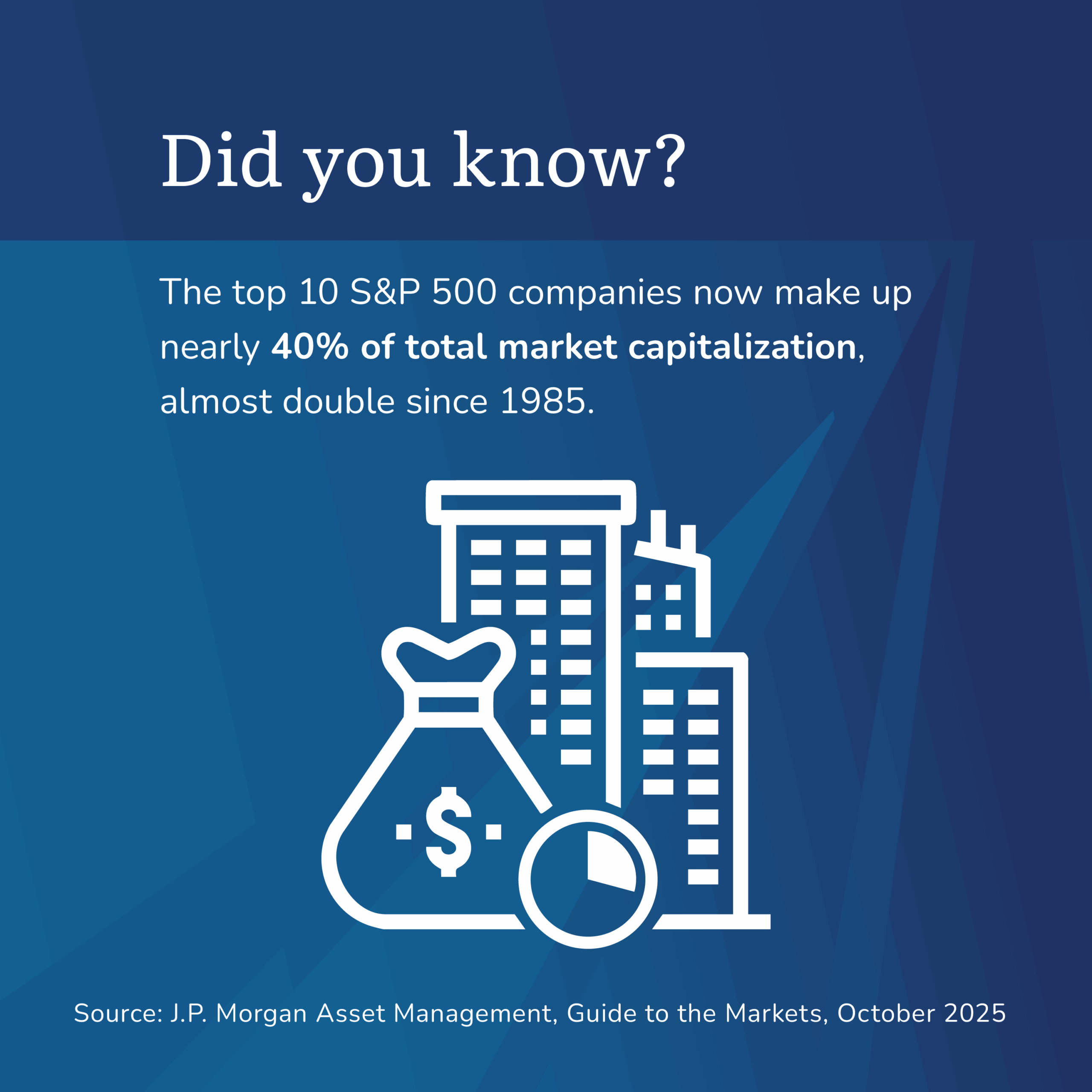Turning age 70.5 with an IRA account – what you need to know
When to Start Planning for Retirement
There’s a reason that you need retirement plan solutions. Regardless of when you plan to stop working, the IRS requires you to take distributions at 70.5. Making sure you start taking distributions is crucial, since the IRS imposes a 50% penalty on funds that are not withdrawn. But, this is only one of many decisions you’ll need to make. One of our financial advisors can help you start planning now.
How is a required distribution calculated?
The calculation is straightforward, if you fall under the regular rules. You take the value of your IRA accounts as of December 31 of the prior year and divide that by the IRS divisor. IRS divisors are age based. See the IRS Uniform Lifetime Table for specific numbers.
Retirement Rules Based on Marital Status
Several rules depend on whether you are married or single, and whether your spouse’s age. Use the IRS Joint Life Expectancy Table to find the correct divisor. Your IRA’s custodian will usually calculate your required distribution and track how much you take out on a monthly basis. This information is on your monthly statement. If your spouse is 10 years younger, your distribution amount will be less. This, and other unique situations—like inherited IRAs—require more complex calculations. You may need to calculate and track this on your own. Or look for a financial advisor to help you calculate and track this.
Do you need the cash?
If you need cash, withdraw the required amount from your IRA and move it into a taxable account. The custodian of the funds should send the tax withholding directly to the IRS on your behalf. Like any financial transaction, make sure you to check and make sure your custodian is working on your behalf. This works like the withholding on a W2. So when you go to file your taxes this amount has already been paid to the IRS. At the end of the year, you will get a 1099R showing how much you took out and the taxes that were withheld on this amount. We recommend working with an accountant to make sure you are best leverage your financial assets. At Evensky & Katz/Foldes Financial, we will work with your accountant. Your accountant may suggest a higher withholding than your actual tax rate, since the withholding may cover taxes on any other income. If you don’t need the funds, you can transfer securities into a taxable account. This is still considered a taxable distribution. So check you either have the funds available to pay the taxes or sell securities to generate funds to pay the taxes. Your accountant can help determine how much you should withhold, based on your tax situation.
Should I wait until the following year to take my distribution?
You have until April 15th of the year after you turn 70.5 to take your first distribution. Keep in mind that, in this case, you have to take a second distribution that year. If you are still working in the year you turn 70.5, but plan to retire the following year and project that you will have lower income, you can choose to wait and take two distributions the following year.
Do I have to take a portion from each account?
If you happen to have several IRA accounts, you can total the value of the accounts to make the calculation, but then take the distribution from only one of the accounts. You do not need to take a part from each account, unless you prefer to do it that way for accounting purposes. If you have a 401K account, you will need to calculate that amount and then take the portion from the 401K. Other accounts, such as retirement annuities or 403b’s, need separate distributions. They cannot be aggregated with your regular IRAs. If you have a 401k and you are still working and contributing, you can choose to defer distributions until you retire. If you own more than a 5% share of the company, you will be required to take a distribution.
Charitable contributions, estate planning and the new tax laws
The new tax laws have increased the standard deduction and put caps on what you can itemize. If you have charitable contributions, you can make these through your IRA by sending a check to the charity directly from your IRA account. These donations go towards satisfying your required minimum distribution, and are tax free.
Sample Estate and Retirement Planning
If your RMD is $50,000 and you donate $50,000 to a charity from your IRA, you owe no taxes and you have satisfied your required distribution. You can also request checks on your IRA to make smaller donations along. These may not otherwise be deductible. Keep in mind that the charity has to be registered as a qualified charity.
Have Questions? Feel free to contact Roxanne Alexander by phone 305.448.8882 ext. 236 or email: [email protected]
For more information on financial planning visit our website.
Categories
Recent Insights
-

The OBBA §179 Deduction: Conversations Every Business Owner Should Be Having
It’s all the buzz… Congress passed another “new law” — the One Big Beautiful Bill Act (OBBBA). In it, major changes to the OBBA §179 deduction start in 2025. For small and mid-sized businesses, this could result in significant tax savings and better cash flow when investing in equipment, technology, or improvements. Forget all the…
-

Collaborative Divorce: Navigating Legal and Financial Decisions with Clarity
Divorce can be one of life’s most challenging transitions, affecting both emotional well-being and financial stability. How the process unfolds can influence your future for years to come. Collaborative divorce offers an approach that emphasizes clarity, control, and cooperation. While it may not be right for everyone, it provides a structured path for families who…
-

Giving Back—and Giving Forward: A High-Level Look at Charitable Lead Trusts
For families and individuals who want their wealth to reflect their values, estate planning is about more than numbers—it’s about purpose. Many seek ways to have a lasting philanthropic impact while also ensuring their loved ones are supported for generations. A Charitable Lead Trust (CLT) is one strategy that can help accomplish both. Real-Life Scenarios:…
-

Talk Your Chart | Artificial Intelligence, Global Markets, And What Really Drives Returns | Ep. 73
In Episode 73 of Talk Your Chart, Marcos and Brett begin by diving into the ongoing debate about Artificial Intelligence (AI) and its potential as a market bubble. They explore the real-world implications of AI for the economy, industries, and global markets. Drawing on historical market comparisons, such as Alan Greenspan’s 1996 warning about “irrational…
-

Heads or Tails: Navigating Pet Custody During Divorce
Divorce is rarely easy, and when pets are involved, it can become even more emotionally complex. For many couples, deciding who gets custody of a pet can be as heart-wrenching as dividing financial assets or determining child arrangements. Legally, pets are considered property in most states—but emotionally, they’re often family. That disconnect between law and…
